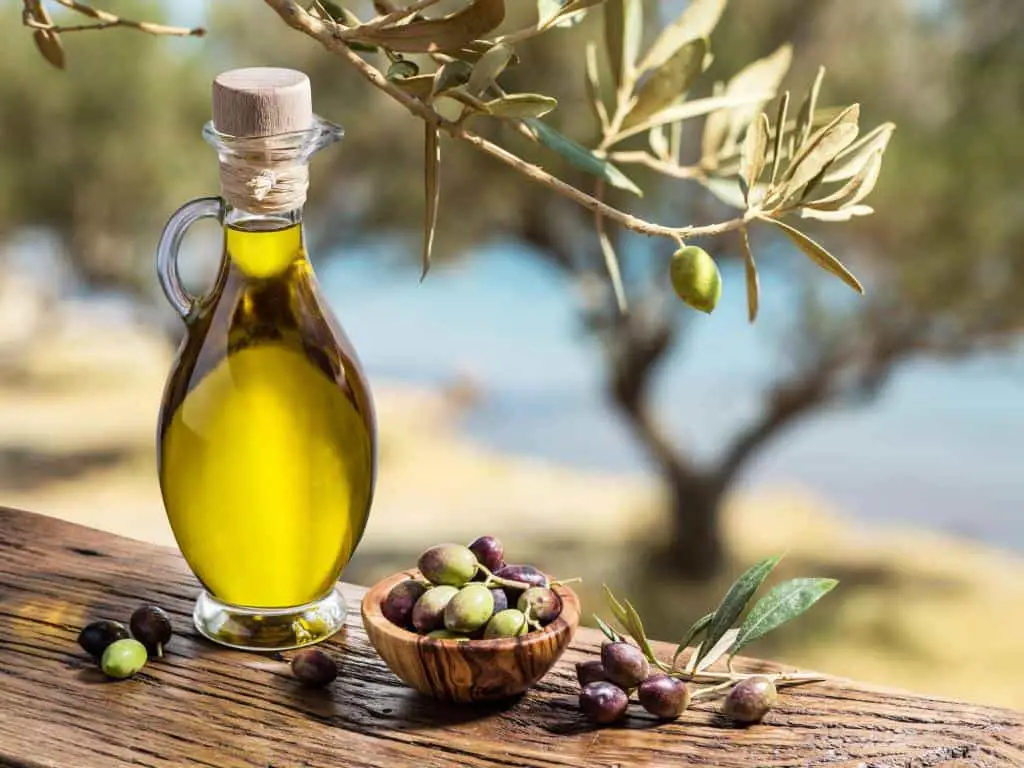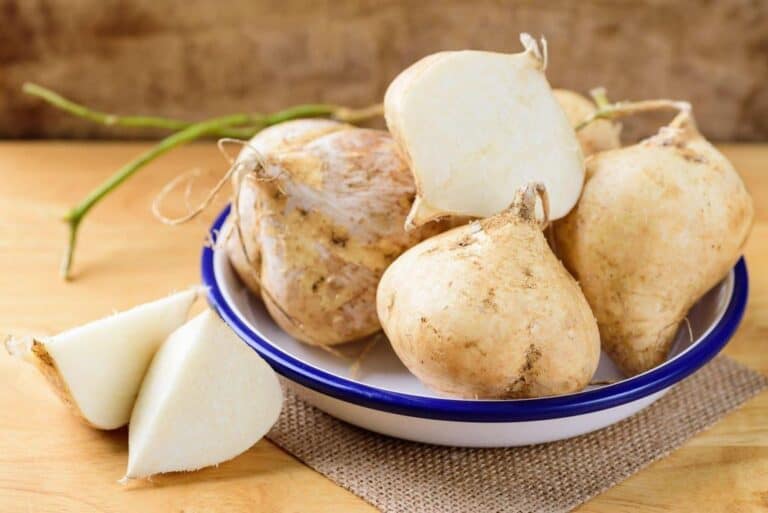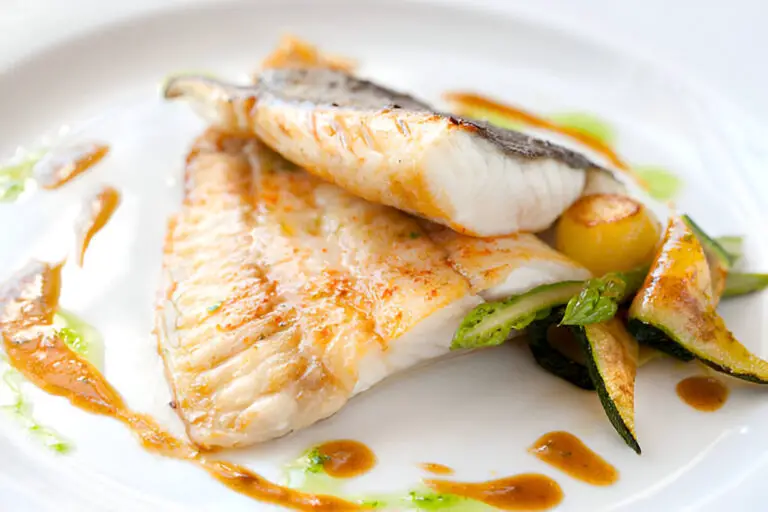Which Olive Oil Is Better for Pasta: Extra Virgin or Pure?

The type of olive oil you use is very important for taking a simple pasta dish from ordinary to extraordinary. Pure olive oil and extra virgin olive oil are both used in many kitchens around the world. However, because they are made in different ways, they can make your favorite pasta dishes taste very different.
Extra virgin olive oil, known for its premium quality and richness, brings a burst of fruitiness and depth to pasta dishes. On the other hand, pure olive oil, with its milder taste and versatility, offers a different dimension to culinary creations.
Knowing the differences between these oils can greatly impact your pasta. It is important to use each one correctly for the best al dente experience.
Join us as we delve into the world of Extra Virgin vs Pure Olive Oil: Which for Pasta? – an exploration that will redefine your pasta game and tantalize your taste buds like never before. Get ready to discover the secrets behind selecting the ideal olive oil companion for your next pasta adventure!
Which Olive Oil Is Better for Pasta: Extra Virgin or Pure?

When it comes to choosing between extra virgin and pure olive oil for pasta, the choice depends on your personal preference and the specific dish you are making.
For me, extra virgin olive oil is the best olive oil for pasta. A superior oil made from the first pressing of olives with no additional refining, heat, or processing. Great for salad dressings, marinades, topping pasta, and bread dipping.
Here are some key points to consider:
- Extra virgin olive oil is often preferred for its richer flavor and nutrient content, which is why it is commonly used in salads and as a garnish. However, it has a lower smoking point, which means it may not be suitable for high-heat cooking.
- Pure olive oil, also called light or refined olive oil, is used for cooking due to its higher smoking point and heat tolerance. It has a neutral flavor and is less expensive than extra virgin olive oil.
In the context of pasta, you can use either extra virgin or pure olive oil, depending on your preference and the recipe. If you are making a cold dish like a salad or a pasta salad, extra virgin olive oil would be a good choice. For hot dishes like pasta with garlic or tomato sauce, pure olive oil would be more suitable.
Why Do You Use Olive Oil in Pasta?
Olive oil is a staple in Italian cuisine, often used in pasta dishes for various reasons. While it’s believed to prevent the pot from boiling over and the pasta from sticking together, its benefits and drawbacks are debated.
- Preventing Boiling Over: Some cooks add olive oil to the pasta water to prevent it from boiling over. The oil creates a thin film on the surface, which helps reduce the likelihood of the water boiling over the edges of the pot.
- Preventing Sticking: Another common belief is that olive oil helps prevent the pasta from sticking together. The oil coats the pasta, creating a barrier that reduces the chances of the noodles clumping during cooking.
- Potential Drawbacks: Despite these perceived benefits, there are drawbacks to using olive oil in pasta. One major concern is that the oil can prevent the sauce from adhering to the pasta. Since oil repels water, it can create a barrier that makes it difficult for the sauce to cling to the noodles.
- Timing the Pasta: Additionally, using olive oil can help you time the pasta better. When the pasta is cooked, it will rise to the surface of the water, indicating that pasta is done. The oil can help slow down this process, giving you a bit more time to ensure that the pasta is cooked to your desired level of doneness.
When Should You Add Olive Oil to Pasta?
When cooking pasta, the timing and method of adding olive oil can affect the outcome of your dish. Adding olive oil to boiling pasta water does not primarily prevent noodles from sticking together. Instead, it serves to prevent the water from boiling over, especially when cooking larger pasta shapes like rigatoni.
For heartier pasta varieties like rigatoni, adding a small amount of olive oil to the boiling water can help prevent the pasta from sticking together. For most pasta types like spaghetti or fettuccine, olive oil is unnecessary and may hinder sauce adherence.
Is Pasta With Olive Oil Healthy?
Pasta with olive oil can be a healthy and delicious choice, especially when prepared with whole-grain pasta. Whole-grain pasta is a nutritious option with more fiber and micronutrients than white pasta. Extra virgin olive oil adds rich flavor and provides health benefits when used moderately.
Whole-grain pasta is made from whole wheat flour. It contains the bran, germ, and endosperm of the wheat kernel. This means it retains more fiber and nutrients than refined white pasta, which is made from flour that has been stripped of these components.
Extra virgin olive oil is a key component of many Mediterranean diets and is known for its heart-healthy properties. It is rich in monounsaturated fats, which can help reduce the risk of heart disease and improve cholesterol levels. Olive oil also contains antioxidants, which help protect your cells from damage.
How Do You Add Olive Oil to Pasta?
- Bring a large pot of water to a boil. Add 2 tablespoons of salt to the water and cook the pasta according to package directions.
- In a small saucepan, pour in 1/4 cup of olive oil and heat over low heat for 60 seconds. Add in garlic and red pepper flakes.
- Pour olive oil mixture over the cooked and drained pasta.
Can Olive Oil Be Used as a Sauce?
Yes, olive oil can be used as a pasta sauce, and it can add a delicious and healthy touch to your dishes. You can easily make tasty olive oil sauces and marinades as a delicious alternative to those using other oils and fats. They are particularly well-suited for enhancing the taste of grilled meats, fish, and roasted vegetables. Additionally, these sauces can also serve as excellent dipping sauces for bread or other appetizers.
To make an olive oil-based sauce, you can start with a basic recipe and customize it to your taste preferences. Mix olive oil with herbs, spices, garlic, lemon juice, or vinegar for a flavorful sauce. This versatile sauce can then be drizzled over pasta, salads, or grilled meats for added flavor and richness.
What Can You Substitute for Olive Oil in Pasta?
- Peanut oil.
- Butter.
- Ghee.
- Walnut oil
- Sunflower oil
- Canola oil
- Vegetable oil
- Coconut oil
Peanut oil:
Peanut oil is a light-yellow oil with a pleasant, sweet aroma and taste. It’s mostly made up of ‘good’ monounsaturated fats, with just one tablespoon boasting 11 percent of the recommended daily intake of Vitamin E.
Peanut oil has a high smoke point of 227°C. It does not absorb food flavors. This makes it great for sautéing and deep-frying.
Butter:
High in fat-soluble vitamins A, E and K, butter has a delicious flavor and rich, creamy texture.
It enhances the flavours of the food that’s being cooked in it and adds complexity to dishes and baked goods. However, due to its relatively low smoke point (177°C), it does tend to burn easily when heated to high temperatures.
Ghee:
Ghee is clarified butter made from the milk of cows that is commonly used in Indian and Ayurvedic cooking. It has a nutty flavor and a deep golden color.
Much like butter, it melts quickly and adds a certain complexity to the taste of food. In addition, ghee is lactose- and casein-free, contains short-chain fatty acids, has no preservatives, and is high in dietary fats.
It has a smoke point of 250°C and is suitable for pan-frying and baking.
Walnut oil:
Walnut oil is derived from walnuts that have been dried and cold-pressed. The oil is light-colored and thick, with a delicate nutty flavor. It is rich in polyunsaturated fats, antioxidants, and omega-3 fatty acids.
Walnut oil is best used uncooked or in cold sauces or dressings, as it can become slightly bitter when heated.
Sunflower oil:
Sunflower oil is a nutrient-dense, light amber oil that has been extracted from sunflower seeds. It has a nutty flavor and is loaded with oleic acid, vitamin K & E, phytosterols, and monounsaturated fatty acids.
Sunflower oil is also low in cholesterol and can withstand high temperatures due to its smoke point of 230°C.
Canola Oil:
Canola oil (also known as rapeseed oil) is made from pressed canola seeds. It contains high levels of heart-healthy monounsaturated fatty acids. It is the richest cooking oil source of omega 3 alpha-linolenic acid.
It’s an ideal oil for deep-fat frying and cooking in large quantities as it has a moderately high smoke point (204°C) and a low-price tag.
Vegetable oil:
vegetable oil generally contains a combination of oils (e.g. canola and soybean oil.)
It’s inexpensive and a good source of vitamin E, although it is comparatively high in saturated fat. Vegetable oil’s neutral flavor and smoke point of 220°C mean it’s best for high-temperature cooking.
Coconut oil:
Containing just 117 calories per tablespoon, coconut oil is the perfect low-calorie alternative to olive oil. It’s also a medium-chain saturated fat, meaning it’s metabolized faster than other forms of saturated fat and is loaded with antioxidants.
It comes in two varieties: refined and unrefined (or virgin coconut oil).
Refined coconut oil has a smoke point of 177°C and is best used in sautéing and baking. The unrefined version is much less processed and has a higher smoke point of 200°C, making it more suitable for frying. Both kinds have a slightly nutty flavor that works well in savory and sweet dishes.






